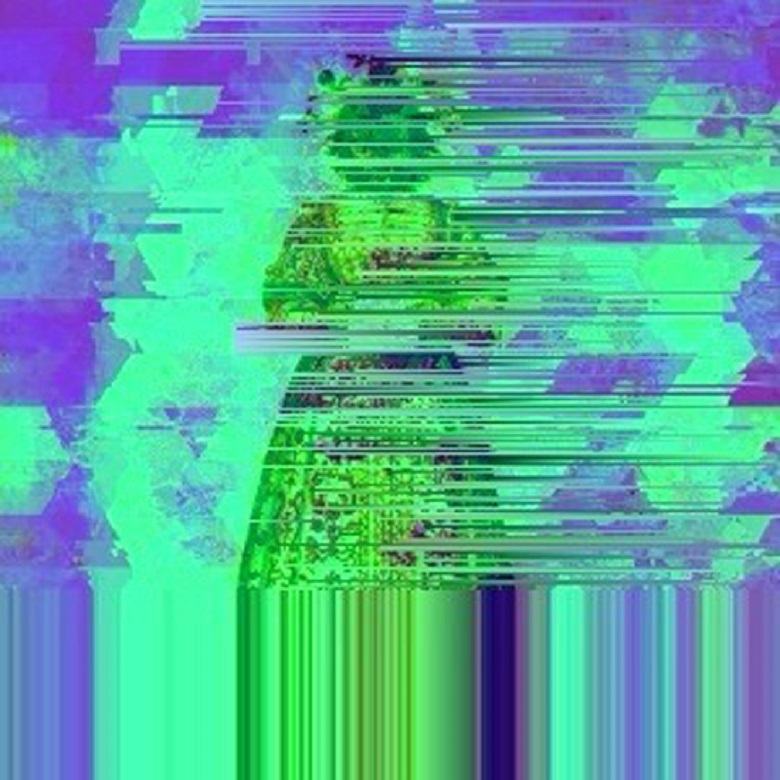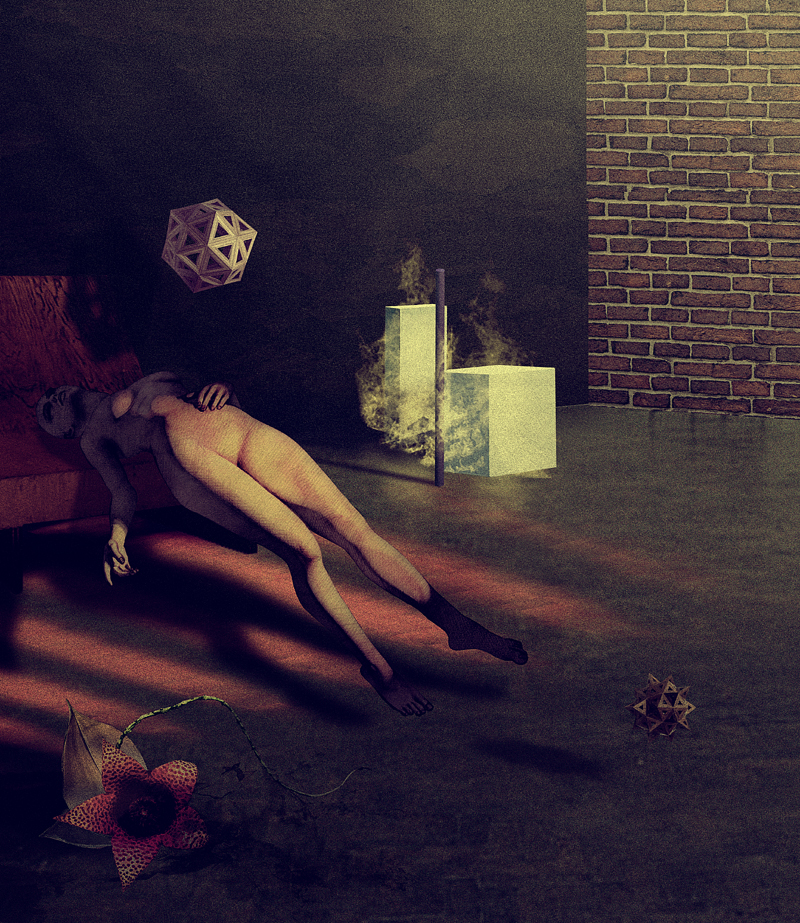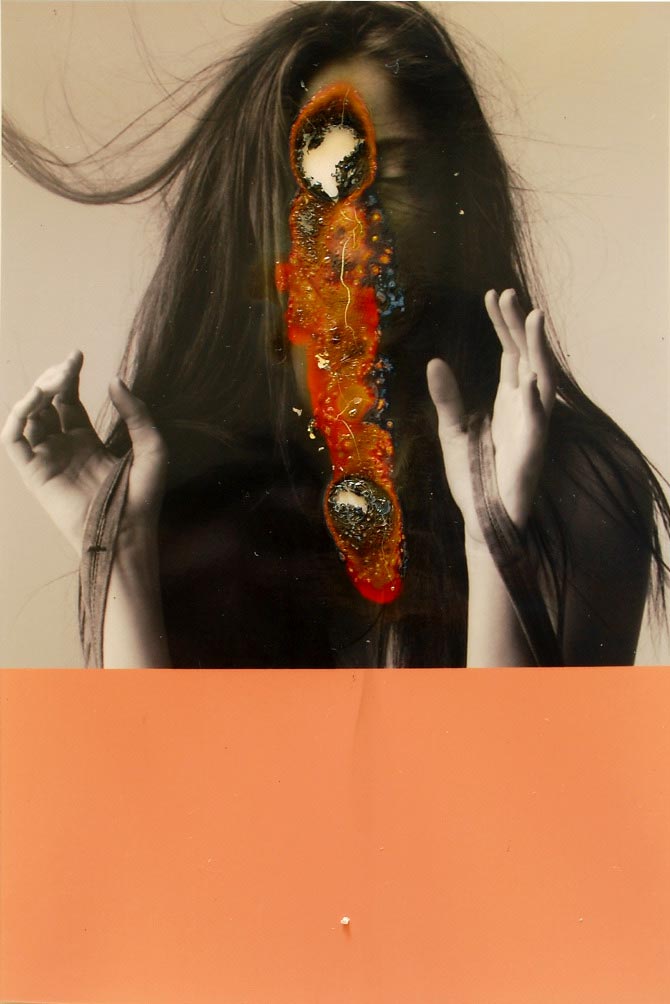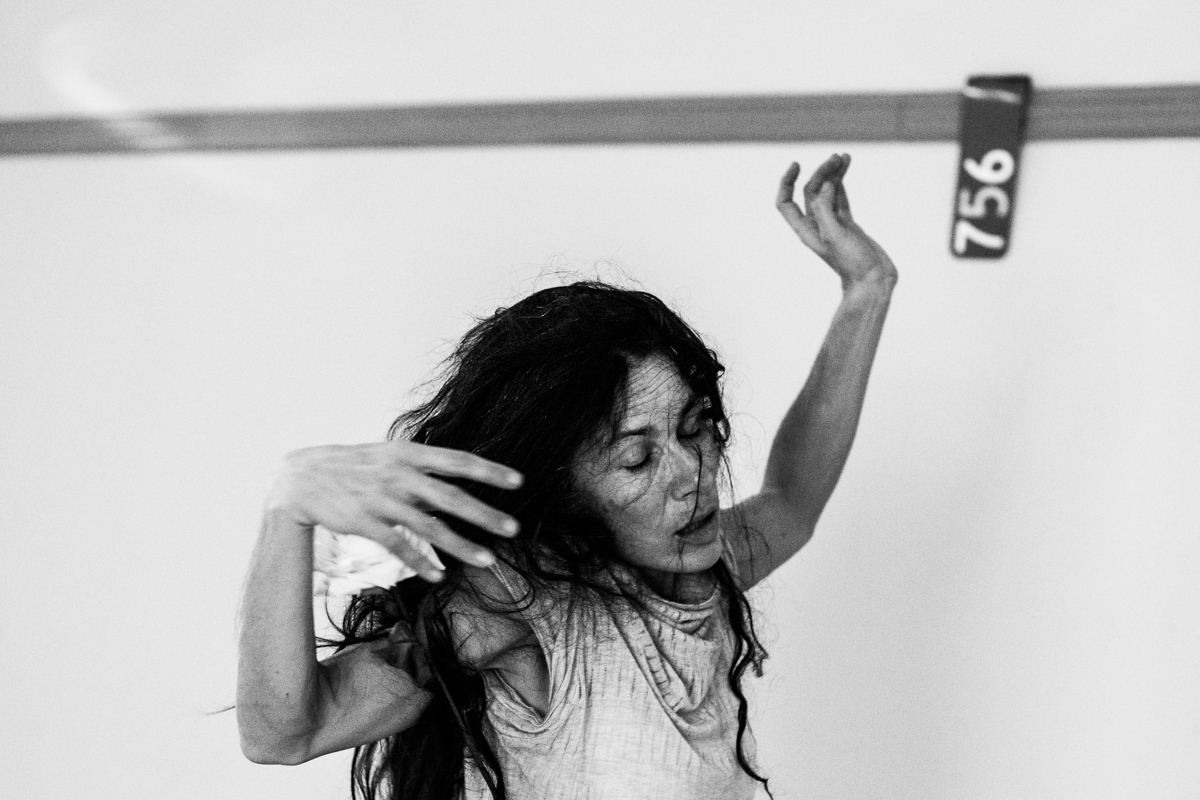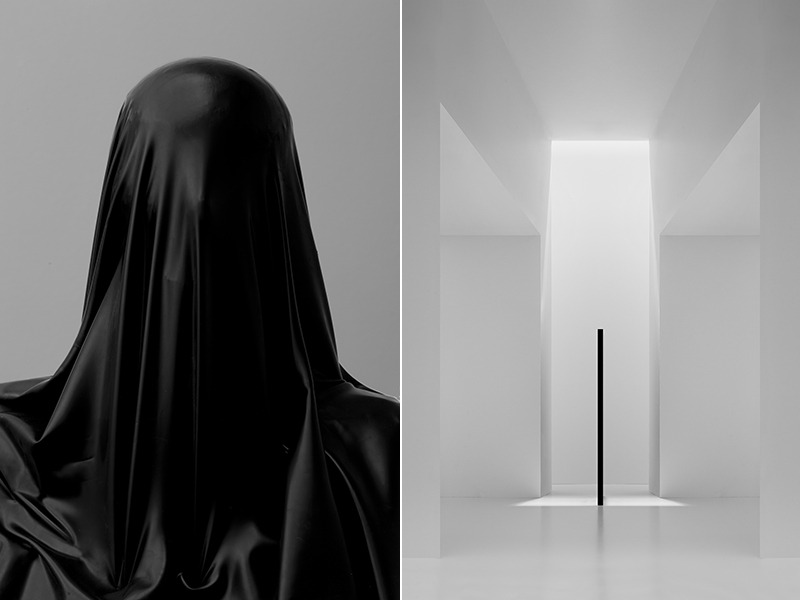New York City-based video artist Yoshihide Sodeoka is known for his disquieting psychedelic videos, which are characterized by saturated colors, mythological references and a tense expression of time...
Read on"[The] purpose of my glitch art isn't to destroy my photographs, but to expose the mechanisms beneath the surface, to turn an image inside out and expose its entrails, to invite viewers to immerse themselves in this seemingly undecipherable space...
There is a somber weight inherent within the images of Italian visual artist Massimiliano Grandoni. With emotive composites of illustration and digital collage, he reveals eloquently phrased questions relating to physicality, to purpose and to...
"In this series of works, I invited intimate friends over to tell me a secret as I took their portrait. However, my intention was not to hear their secret, but to capture the expressions of each one at the moment they revealed their secret. I also...
To express questions of context, displacement and fragmented identity, what better medium could there be than the nature of assemblage in collage? Image artifacts are laid bare while hypothetical situations construct parallel universes. The familiar...
Butoh dancing (舞踏) is an expression of body that has found relevance outside of its roots in Japan, across cultures and generations. "Butoh, as [with] so many true arts, contains the beautiful spectrum of being. Often these first looks at Butoh are...
There is no romance as elusive and magnetic as that between body and space. The pursuit of distinctive identity, formulaic functions and ideal wholeness between the human self and environment (naturally encountered or human-created) has impressed...
“Music is the art of the intonated sense; the sound, the groan, the cry and the song where the aural quintessence of the spiritual world of human beings. The aura that personifies sound is transparent through timbre and tone, envelops and tightens...


